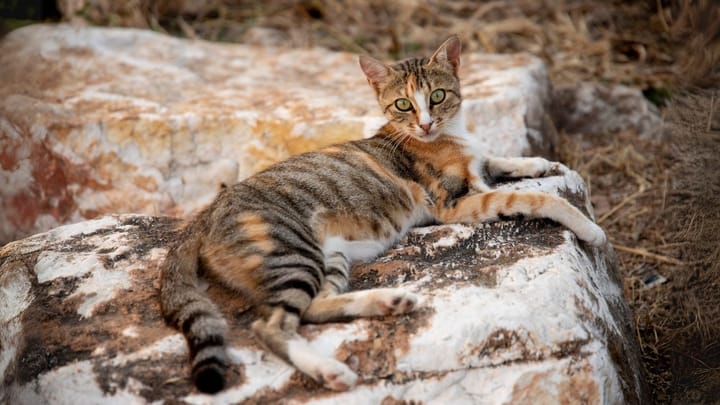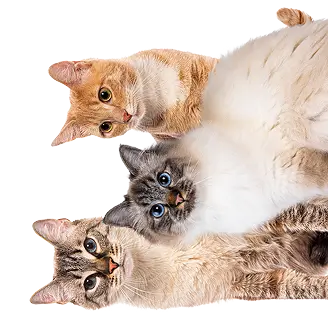Sokoke
Other name: African Shorthair

The Sokoke, sometimes called the African Shorthair, take their name from the eponym forest in Kenya from which they originate. This breed of cat is natural and lived in trees. Their wildcat allure only adds the exoticism of their slender and marbled silhouette. Lively, fast, an excellent climber, they will need large spaces and trees to flourish.
|
Life expectancy |
The Sokoke has a life expectancy of between 12 and 15 years |
|
Temperament |
|
|
Adult size |
Female
Between 12 and 14 in
Male
Between 12 and 14 in
|
|
Adult weight |
Female
Between 7 and 9 lb
Male
Between 9 and 13 lb
|
|
Coat colour
Brown Brown is the only accepted colour. Tabby markings cause some black spots on the coat. |
Brown |
|
Type of coat
Very short |
Short |
|
Eye colour
Amber, green |
Green
Yellow
|
|
Purchase price |
The Sokoke costs between £380 and £1500 |
Despite their exotic fawn-like appearance, DNA tests, conducted in scientific studies, have revealed that Sokoke shares genetic traits with cats on Lamu Island (off Kenya) and Kenyan coastlines, not belonging to a wild species.
The Sokoke is a rare breed that has developed naturally without the intervention of humans.
More details about the Sokoke
Sokoke: Origins and history
In 1978, Jenny Slater was the first to discover this breed by finding a litter of kittens on her coconut plantation, near the Arabuko-Sokoké Protected Forest on the east coast of Kenya. She bred two, then showed them to her friend Gloria Moeldrum who imported two specimens into Denmark in 1984 and several others between 1991 and 1992. The breed was recognised in 1993 by the FIFE and integrated into the category "new breed" by the TICA in 2003.
Physical characteristics of the Sokoke
Of medium size, the Sokoke is a long-limbed cat with a sturdy frame. The hind legs are more angular than the forelegs, to give a greater impetus. The body is well muscled and ends with a tail of average size, tapered at the end. The head, in the shape of a softened triangle, has wide almond-shaped eyes and large, wide ears sometimes ending in a plume. Of smaller proportion compared to the rest of the body, the head adds some singularity to their general allure.
Sokoke: Characteristics
Sokoke: Behaviour
Breed compatibility Sokoke
Sokoke: Purchase price
On average, the price of a Sokoke kitten is between £380 and £1500, the price often varies according to the lineage, the breeder, the age or even the sex. For the monthly budget, it will cost on average £25 / month to provide for their needs, by providing a quality diet and ensuring their good health.
Sokoke: Shedding
Light
Minimal hair loss, especially if the coat is well maintained.
Sokoke: Grooming
Their very short fur, devoid of undercoat, requires very little maintenance. Brushing and polishing the coat with a grooming glove once a week will be sufficient.
Sokoke: Health
These cats live for 12 to 14 years on average, but some can live for up to 20 years.
This cat is fairly robust, however, despite a thick coat, the absence of an undercoat means they are sensitive to colder temperatures.
Because of this cat’s great appetite, it is necessary to meet their exercise requirements to avoid excessive weight-gain.
Since the breed is new and rare, no diseases that are specific to the Sokoke are currently known. However, they can suffer the same illnesses that affect other domestic cats, including oral diseases.
Sokokes can only be bred with other Sokokes.



